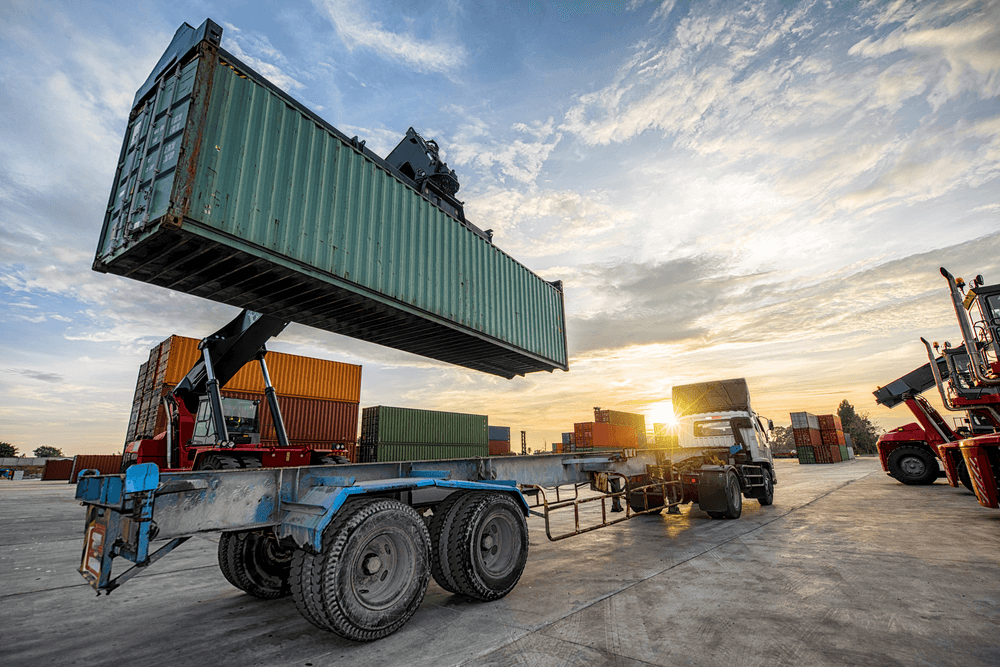Material handling robotics are very common industrial tools. Robotic arms often hold production parts in place during their processing or move these parts on and off of conveyor belts. This includes machine tending, where robotic arms load and unload machines at a dizzying pace.
The purpose of material handling robotics is to transport materials from one location to another within a production. This can mean transporting materials just a few feet away, to a far end of the same room, to a separate floor, or even to another building entirely.
In comparison to human workers, this process can be handed more safely, efficiently, and quickly by robots built and customized by B2E Automation to fit and enhance your unique production plans.


